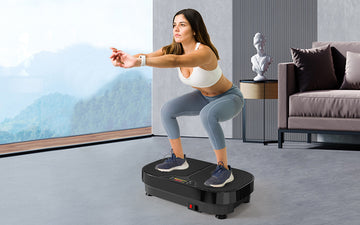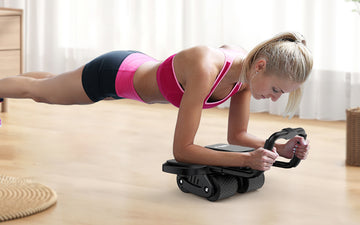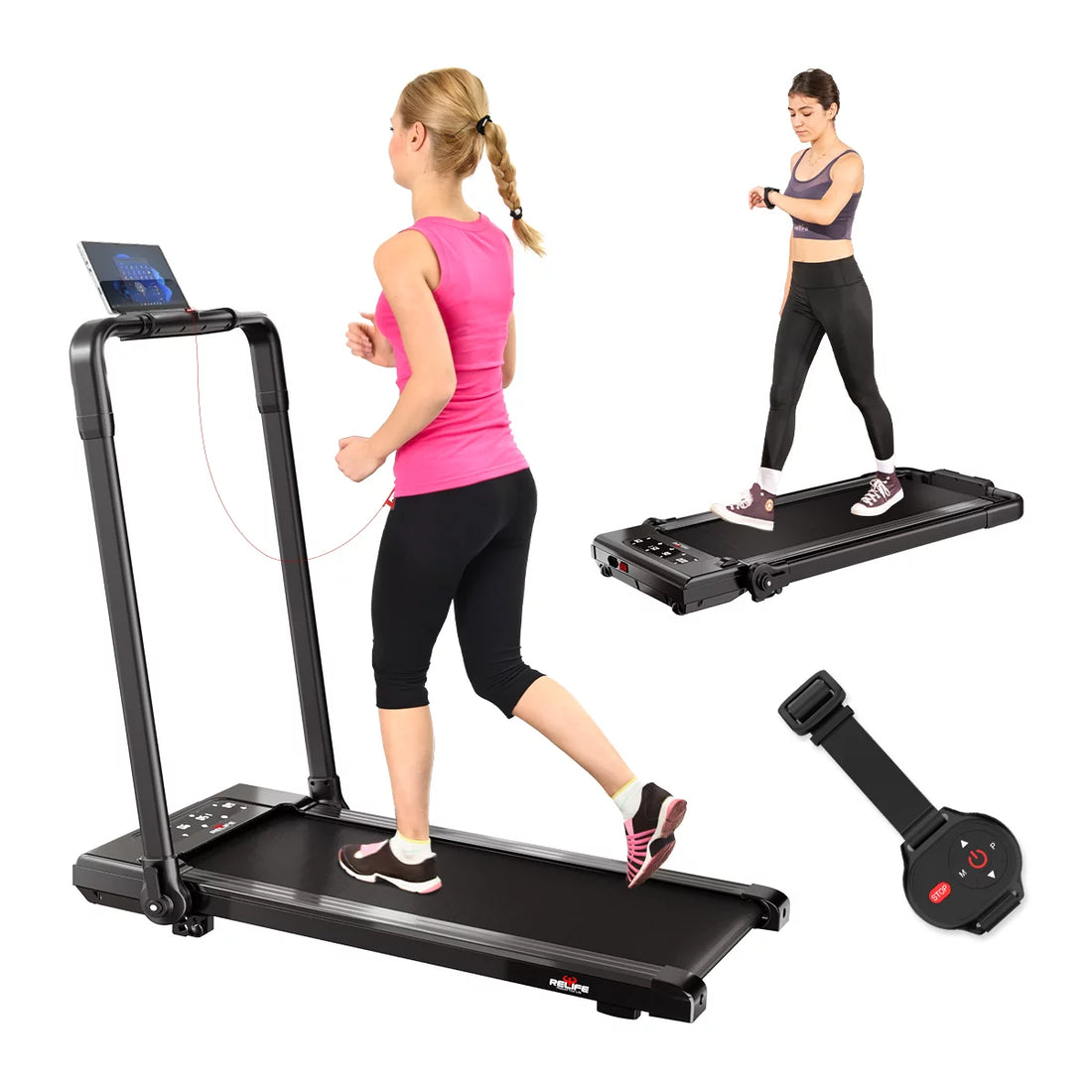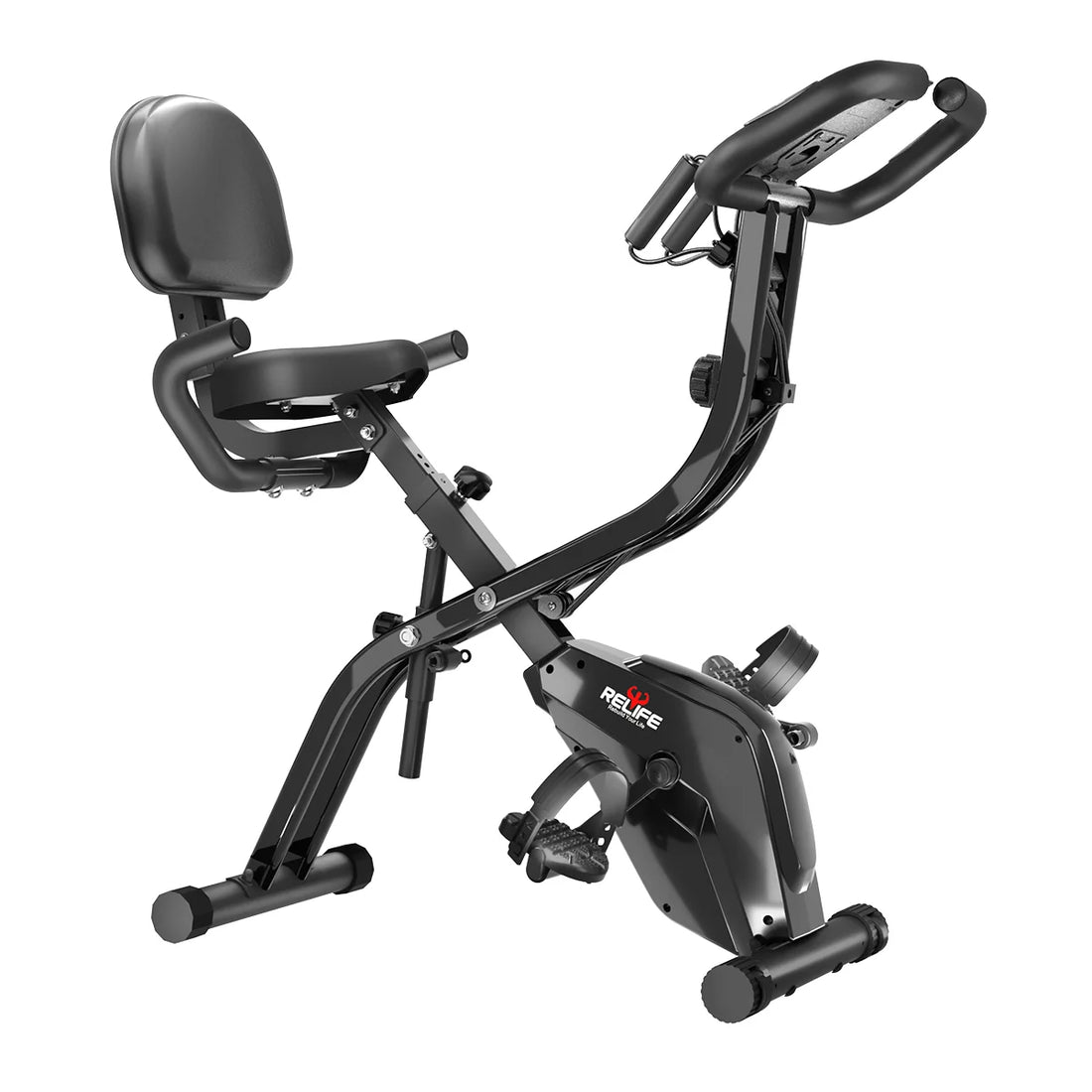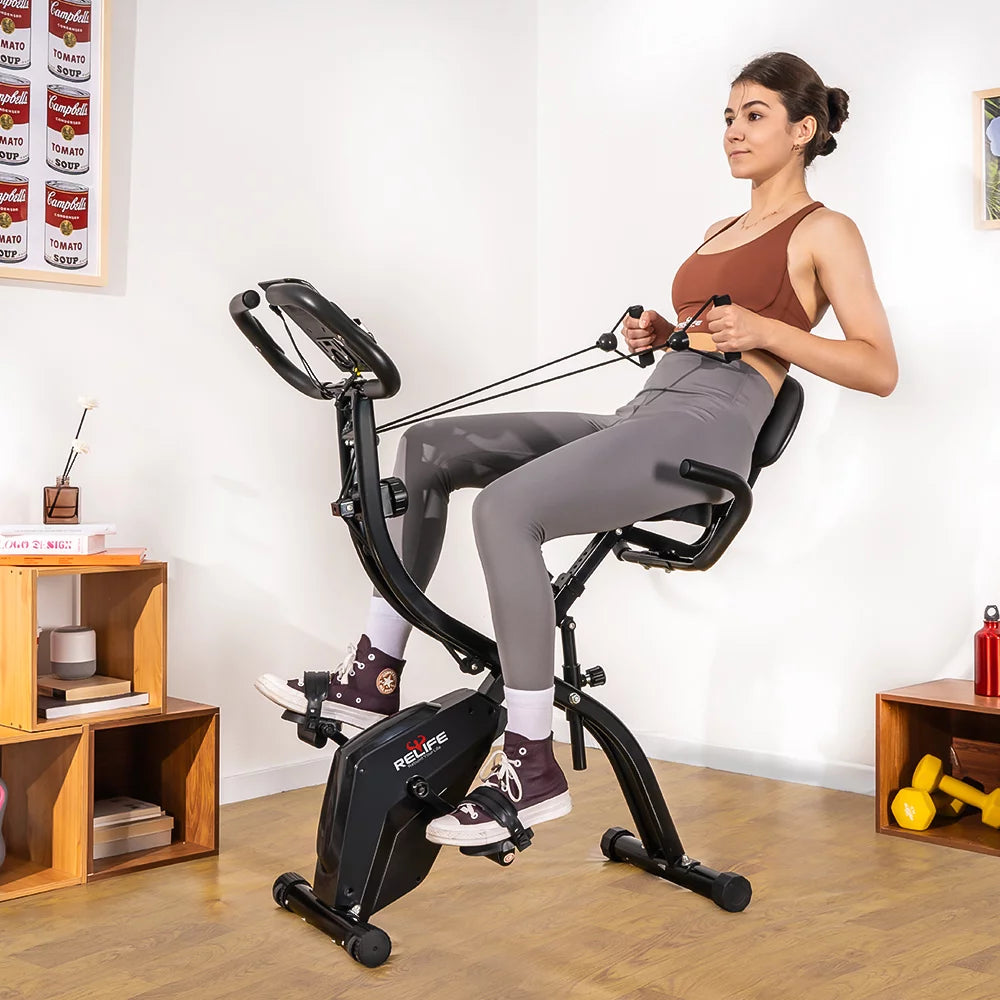According to NASA science, if you trampoline for 10 minutes a day, running on the treadmill for 30 minutes is more effective and is the “best indoor exercise.” Jumping for 45 minutes can burn 450–800 calories because the trampoline will use all the core muscle groups, especially the abdominal muscles, so training on the trampoline helps metabolism and aids weight loss. If you want to learn how trampolines can help you lose fat and exercise your body, you will find the answer in the next article.
This “trampoline” movement first originated in the United States because the mission of astronauts is in gravity-free space, so they do not use muscles. Coupled with the loneliness of space, irregular sleep, and eating canned food, NASA scientists on the astronauts’ beneficial exercise research, with running, swimming, skiing, … Compared to the results, it was found that bouncing on the bed is one of the most convenient and fast exercises. Unlike ground exercises, bouncy beds help absorb the acceleration of gravity as the body falls. You will feel less pain and discomfort in your knees during bouncy bed exercises.
Trampolining is an aerobic sport, and the correct use of the bouncy nature of this sport can improve cardiorespiratory fitness, enhance your dynamic sense of balance as well as your sense of space, promote circulation of body fluids, and improve your immune system. Most importantly, it works a wide range of muscle groups, including your core and abs, pelvic floor, back thighs, legs, and buttocks.
Trampoline training relieves strain on bones and joints and efficiently preserves the spine due to the lower impact of direct contact with the ground. Because of the trampoline’s instability, all the core muscles of the body are activated during training, and more than 400 muscles are utilized. Skeletal cells store minerals in the tissues and build bone mass following high-intensity stress (exercise), which is unparalleled in other endurance sports.
How many calories can be burned by trampoline jumping?
Studies show that a 45–60 minute trampoline class can burn up to about 500 calories, making the trampoline a more calorie-burning form of fitness if compared to jogging. Because when exercising on an unstable plane like a trampoline, the body mobilizes all the core muscle groups, especially the abdominal muscle groups. Therefore, consistent trampoline exercise over time will help promote a higher metabolism, improve fat oxidation, and prevent and reduce obesity and other symptoms. Ten minutes of trampoline exercise is about the same as thirty minutes of jogging. This means that trampoline exercise can help you lose fat faster and shape your buttocks, legs, waist, and stomach.

Trampoline Advantages
- Improve your memory.
- Improve the quality of your sleep.
- Muscle atrophy is reduced.
- Aid in cancer prevention.
- It enhances the endocrine system.
- It helps keep blood sugar stable.
- It improves digestion and relieves constipation.
- This helps in the reduction or removal of fat.
- Promotes metabolism
- Increase bone density to avoid osteoporosis, varicose veins, and other disorders.
Who invented the trampoline?
The trampoline was invented by the American George Nissen. He was born in 1914 and is the founder of the modern trampoline movement.

George grew up loving to bounce on the family’s large bed. When he was in high school, George became fascinated with circus acts. It was exciting for George to watch acrobats jump on safety nets and then bounce up and jump, doing all kinds of tricks, spins, and somersaults in the air. At that time, in the circus, acrobats often used bouncing tables, bouncing nets, or spring mats with springs underneath to perform. But these bouncing tables and bouncing nets have to be reassembled every time they are used, which is very troublesome. George wanted to design a standard bouncing table so that everyone could jump and play. George’s first move was to push his father’s car out of the garage to make room for his workroom. Then, George had the bright idea of picking up some springs, rubber bands, and angle irons from the junkyard to replace the materials and tools that he couldn’t afford. Next, George started to look at and study the different kinds of bouncing nets and platforms that were around at the time.
He also went to the circus to seek advice from acrobats and asked professional engineers for advice on durability. Finally, he summarized the following points:
- The surface area of this bouncer should be large and not take up too much space.
- This bouncing device has to be very strong to be able to withstand the different weights of people jumping on it.
- This bouncing gadget should consider the height of the issue to guarantee that it does not contact the ground when bouncing.
- The bouncing device should be easy to store, transport, and install.
Finally, George followed this idea, tied the canvas around the metal legs of the bed with rope and rubber bands, and then took it to the camp. The children were immediately attracted to this new thing and lined up all day long to take turns playing with George’s bouncing platform.
In 1938, George patented his bouncer, called the “trampoline,” and mass-produced it, but it didn’t sell as well as he thought it would. Later, George joined the U.S. Navy, still enthusiastic and confident about his invention.
He was able to persuade the troops to add the trampoline program to the pilots’ training so that they could improve their sense of where they were in the air and feel what it was like to be weightless.
After the war, George went on to promote the sport of trampolining, telling people that his new invention would allow people to jump higher than a kangaroo and make jumping a fun experience for everyone.
George has always wanted trampolining to be an official Olympic sport. In 2000, at the 27th Olympics in Sydney, his wish came true.
How much weight can trampoline hold?
All of your trampoline requirements are met by Relifesports. The quality of the springs is also important. In smaller and thicker ones, weight constraints and bouncing possibilities are greater. Relifesports trampolines have 28 enclosed springs that keep you safe and make jumping more fun
A trampoline’s load limit normally rises with its size. Because adults are heavier than children, the design for them must be strong enough to resist the added weight. Relifesports trampolines offer a 42-foot surface and a load capacity of 220 pounds, making them ideal for jumping workouts for the whole family.

